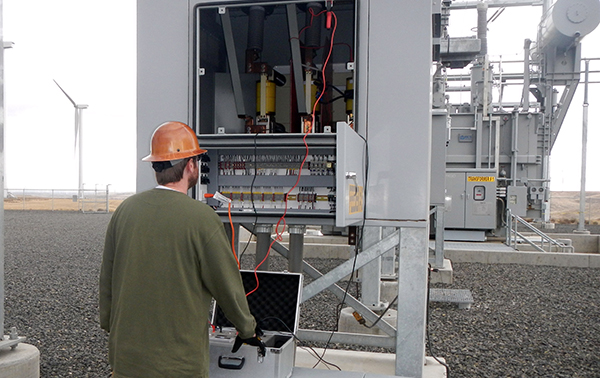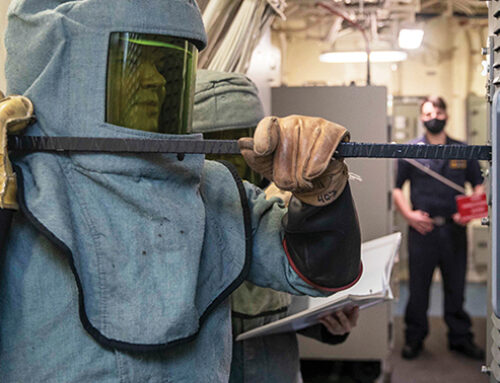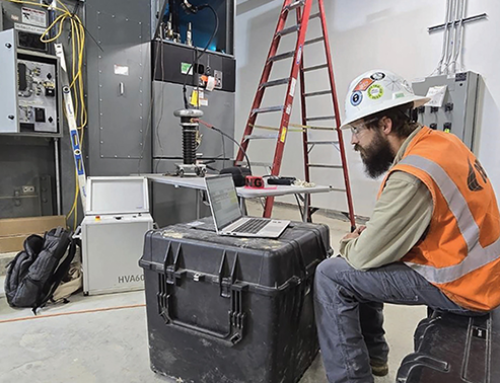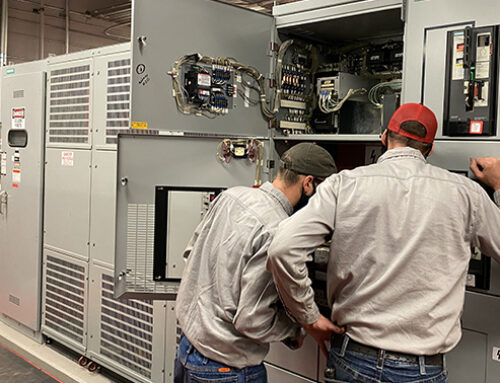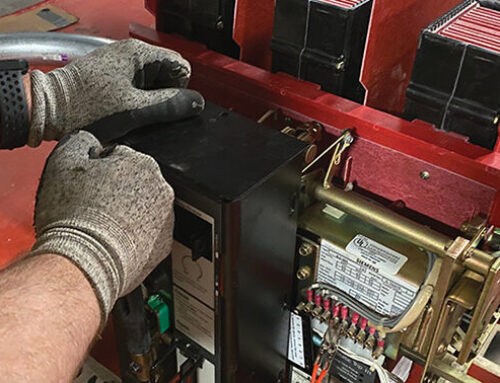Even before the release of 2023 NFPA 70B, there were many reasons to prioritize preventative maintenance of electrical systems.
Investing in maintenance when things are working well might seem counterintuitive, but neglecting maintenance can lead to outages that can cost an operation tens of thousands of dollars, even if they last only a few minutes. Those costs increase exponentially the longer an outage lasts.
If that were not reason enough, preventive maintenance also reduces the risk of industrial fires, enhances worker safety, and helps facilities reduce their liability exposure.
All this is as true now as it was before NFPA 70B was elevated to an ANSI standard last year. The difference is that now the language in 70B is prescriptive. Under Chapter 4, creation of an electrical maintenance program (EMP) is mandatory.
So, what is an EMP and what are the steps to implement one at your facility? Broadly, an EMP is a managed program of inspecting, testing, monitoring, analyzing, and servicing electrical equipment to maintain safe operations and production by reducing or eliminating interruptions due to electrical failures.
Know EMP Requirements
NFPA 70B Section 4.2 also defines the requirements that a compliant EMP shall include:
- An electrical safety program that addresses the condition of maintenance
- Identification of personnel responsible for implementing each element of the program
- Survey and analysis of electrical equipment and systems to determine maintenance requirements and priorities
- Developed and documented maintenance procedures for equipment
- A plan of inspections, servicing, and suitable tests
- A maintenance, equipment, and personnel documentation and records-retention policy
- A process to prescribe, implement, and document corrective measures based on collected data
- A process for incorporating design for maintainability in electrical installations
- A program review and revision process that considers failures and findings for continuous improvement
The last three elements on that list deserve particular attention. They provide the basis for a feedback loop that can help facilities avoid the tendency to normalize deviation to the standards that, in turn, can lead to safety and operational issues.
Documenting issues as simple as an inoperative indicator light or a breaker that’s not racking smoothly in or out can help isolate and prioritize risks and right-size your EMP to your maintenance budget. While your entire facility might only undergo maintenance annually, such documentation lets you and your workers know which equipment needs special attention in the interim.
The ultimate objective of NFPA 70B is to foster a culture of commitment to maintenance rather than one of mere compliance. Facilities able to tailor an EMP that mitigates risk for a reasonable investment stand to see substantial benefits to their operational competitiveness.
To learn more about the maintenance specifications outlined in NFPA 70B, watch this EC&M webinar hosted by CBS Field Services vice president of business development Mose Ramieh.
Our NETA-certified technicians have decades of experience providing electrical testing and maintenance, commissioning, arc flash studies, and other power engineering services to help you implement the right EMP for your facility. Contact us today for more information.
Learn more:


